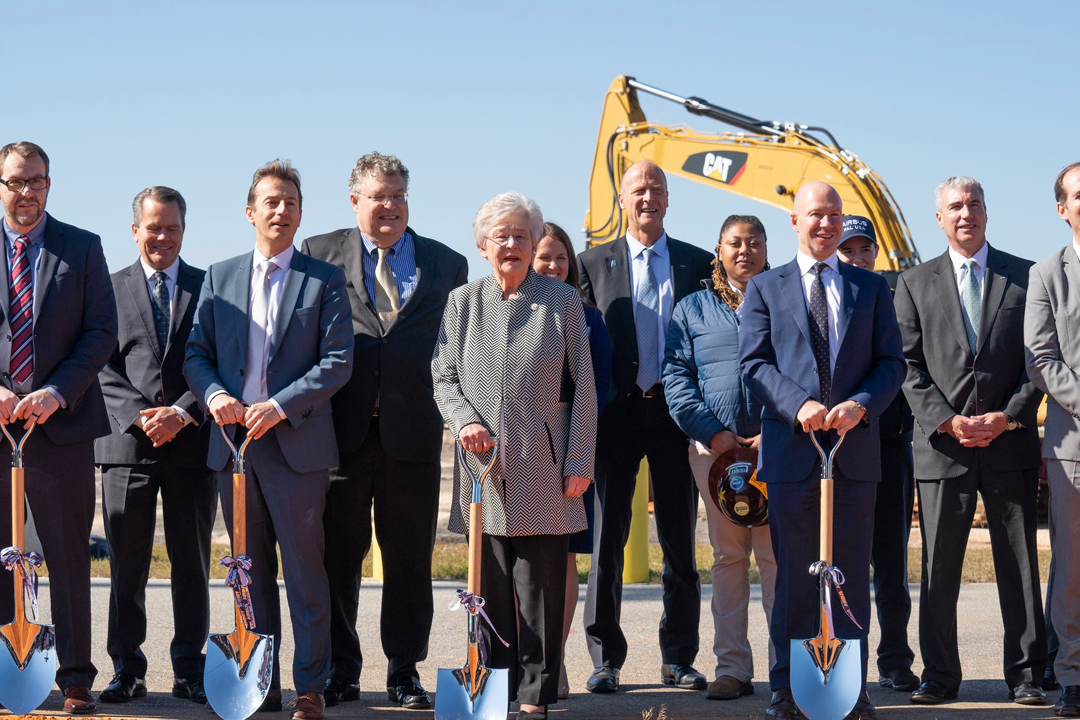Earlier this year, the Alabama Legislature passed the Transparency in Incentives Act (TIA) to require the Alabama Department of Commerce (ALDC) to publish certain information about incentives through the Alabama Jobs Act (AJA).
Both the TIA and AJA were part of Gov. Kay Ivey’s economic incentive package, which she branded her “Game Plan” and extended special privileges and rewards to specific corporations.
Economic incentive proponents argue that special privileges and awards attract more business to the state and create jobs. Opponents suggest that there is no evidence economic incentive programs work, and the state could attract business and encourage in-state entrepreneurship by reducing regulative and tax burdens for everyone.
1819 News consulted with the ALDC in July to inquire how economic incentive transparency would work. ALDC deputy secretary Angela Till said that the TIA requires the Department of Commerce to publish “certain information concerning each project incentivized under the Jobs Act, including the estimated value of the jobs credit and the estimated value of the investment credit.” This does not include tax abatements.
Another spokeswoman for ALDC said in July that the TIA is only applicable to future projects and, since no new economic incentives have been offered since Saturday, there is no information the department is required by law to publish at this time.
Thus, only six corporations are listed on ALDC’s online public records page. These include TrendCo, Shinhwa Auto USA Corp., Stella Source, Inc., Acclinate, Inc., Miele Manufacturing Inc. and Brasfield & Gorrie, L.L.C.

All projects show $0 under the “cash incentive column.” According to ALDC governmental relations and marketing manager Stefania Jones, none of the companies received cash incentives beyond those in the AJA.
“Cash is not part of every agreement,” she explained.
Cumulatively, 1,294 jobs are estimated to be provided by the projects, with an average hourly wage of $32.73. However, Jones said these numbers are not estimations on the ALDC’s part. Instead, they are commitments made by the companies enshrined within the project agreement.
As for the projected return on investment, the projects averaged 173.5% over 10 years and 391.83% over 20 years.
“This is a calculation based on 10 and 20-year projections of incentives expected to be paid out per the project agreement and projected revenue streams associated with the project (payroll tax, sales tax, non-abated property taxes, etc),” said Jones.
Though half of the projects so far are labeled “Jefferson County,” Jones said that the ALDC “does not encourage companies to invest in one part of the state over another” and offers enhanced incentives for projects in rural counties.
“Since 2020, we have seen $4.1 billion-plus in new investments and 5,400 new jobs in rural Alabama,” she claimed.
To connect with the author of this story or to comment, email will.blakely@1819news.com or find him on Twitter and Facebook.
Don’t miss out! Subscribe to our newsletter and get our top stories every weekday morning.










